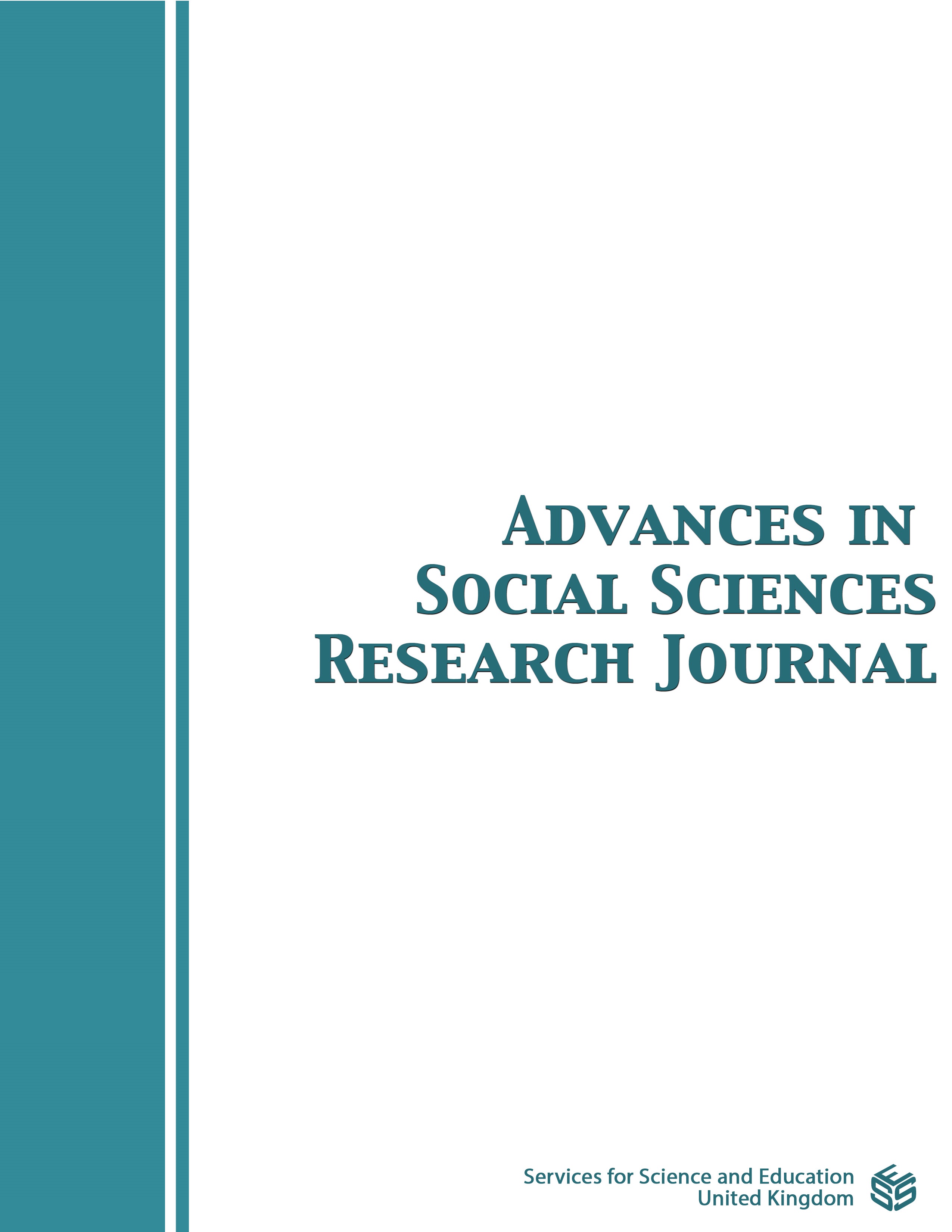Challenges in Sustaining Donor Initiated Monitoring and Evaluation System for HIV and AIDS at the Service Delivery Level; Examples from APHIA plus project in Kakamega County
DOI:
https://doi.org/10.14738/assrj.119.17537Keywords:
Monitoring and Evaluation, HIV and AIDS, Service Delivery Level, Sustainable SystemAbstract
HIV/AIDS remains a major global public health issue, with Sub-Saharan Africa being the hardest hit and housing over 1.7 million people living with HIV. Kenya's long-term success in combating AIDS requires decentralization, allowing counties and local networks to take an active role in developing, implementing, and monitoring evidence-based initiatives. Current frameworks for Monitoring and Evaluating (M&E) HIV/AIDS programs are primarily focused on data collection to inform decisions at the county and national levels. As a result, there's a pressing need to boost M&E capacity at the service delivery level to ensure effective HIV/AIDS programs. This paper interrogates the AIDS, Population, and Health Integrated Assistance (APHIA plus) Western Project's success in enhancing local M&E capacity at the service delivery level in Kakamega County and the challenges of sustaining the gains beyond the project period. The study sampled 110 health facilities offering HIV/AIDS services in Kakamega County. and established It established that the APHIAplus Western Project made significant strides in strengthening the M&E system by establishing M&E departments, improving collection, quality and dissemination of M&E data and hiring trained staff. The study identified the main challenges to the sustainability of the M&E system which included heavy reliance on external funding and inadequate dedicated M&E staff in county health facilities where 62% of staff carrying out M&E functions/duties were hired by the project. It also identified a challenge in the likely compromise to the prerequisites for quality M&E data after the exit of the project since there was no clear transition plan from project to county. The study results indicate that that 70% of the facilities were collecting monthly data using specified tools and storing the data in an automated system. ANOVA yields a statistically significant difference in the length of years the APHIAplus Western project has supported the health facilities and the frequency of M&E data collection at the service delivery level. The study further identified a challenge in the likely discontinuation of fora/platforms organized monthly in 94% of the facilities for dissemination of M&E findings and supported by APHIAplus Western Project. The study recommends increasing the number of dedicated M&E staff in county health facilities by developing a phased transition plan for M&E staff contracted by the project with a clear handover schedule to County Government of Kakamega, and advocating for increased budget allocation for M&E activities at the service delivery level. Additionally, health facilities are encouraged to explore strategies for diversifying funding sources for M&E activities.
Downloads
Published
How to Cite
Issue
Section
License
Copyright (c) 2024 Leonard Yosi Odiga, Leah Onyango, Odoch Pido

This work is licensed under a Creative Commons Attribution 4.0 International License.
Authors wishing to include figures, tables, or text passages that have already been published elsewhere are required to obtain permission from the copyright owner(s) for both the print and online format and to include evidence that such permission has been granted when submitting their papers. Any material received without such evidence will be assumed to originate from the authors.






